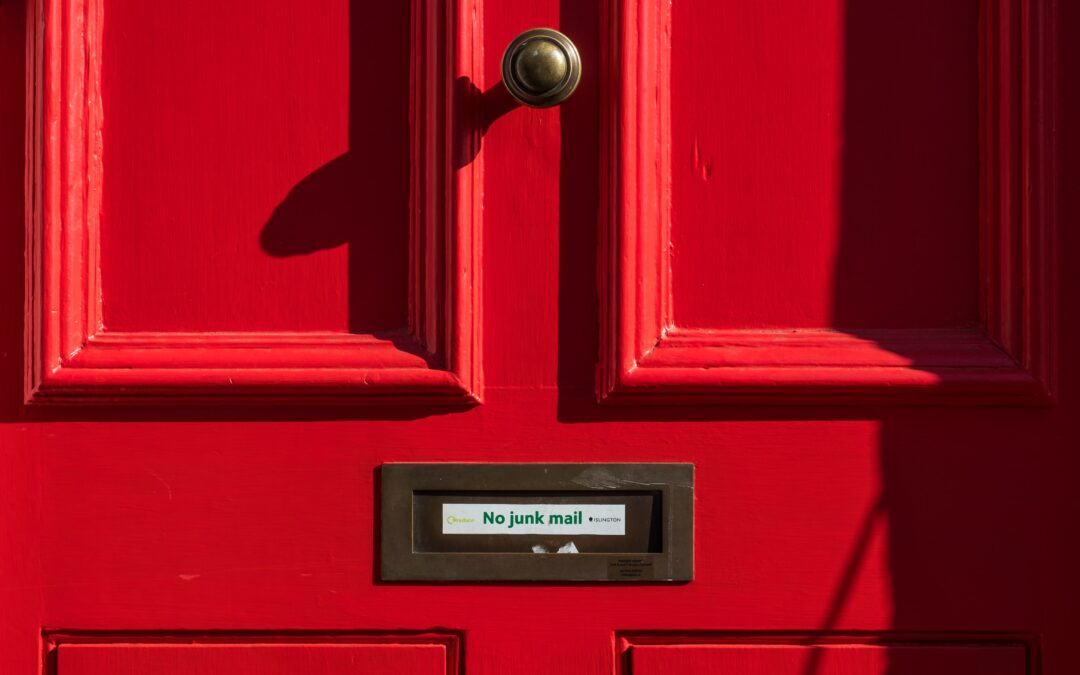HM Revenue and Customs received 915,762 reports of HMRC scams in 2020. Whilst some methods can be obvious, scammers are using increasingly sophisticated techniques.
Despite an increasingly paperless world, HMRC still frequently communicates through physical letters in the post. As a result, scammers often utilise this method and create fake letters, usually requesting payment for a tax. Where bogus text messages and phone calls are commonplace, letters are less commonly used for non-HMRC scams and so such a method can be very effective to the unwary.
HMRC provide examples of scams that have been reported to them, including more modern methods such as messages through WhatsApp and Social Media on https://www.gov.uk/government/publications/phishing-and-bogus-emails-hm-revenue-and-customs-examples/phishing-emails-and-bogus-contact-hm-revenue-and-customs-examples
If you have any doubts that a letter received is real, do not respond or phone the number on the letter, which could be fake. Instead, forward a copy of the letter to your usual contact at Richardsons so we can assess if it is genuine.
If you would like to check yourself, you should contact HMRC directly using the details provided at https://www.gov.uk/contact-hmrc. They will then be able to verify if the letter is real.
HMRC also offer further guidance on letters at: https://www.gov.uk/guidance/check-if-a-letter-youve-received-from-hmrc-is-genuine
Senior Manager

